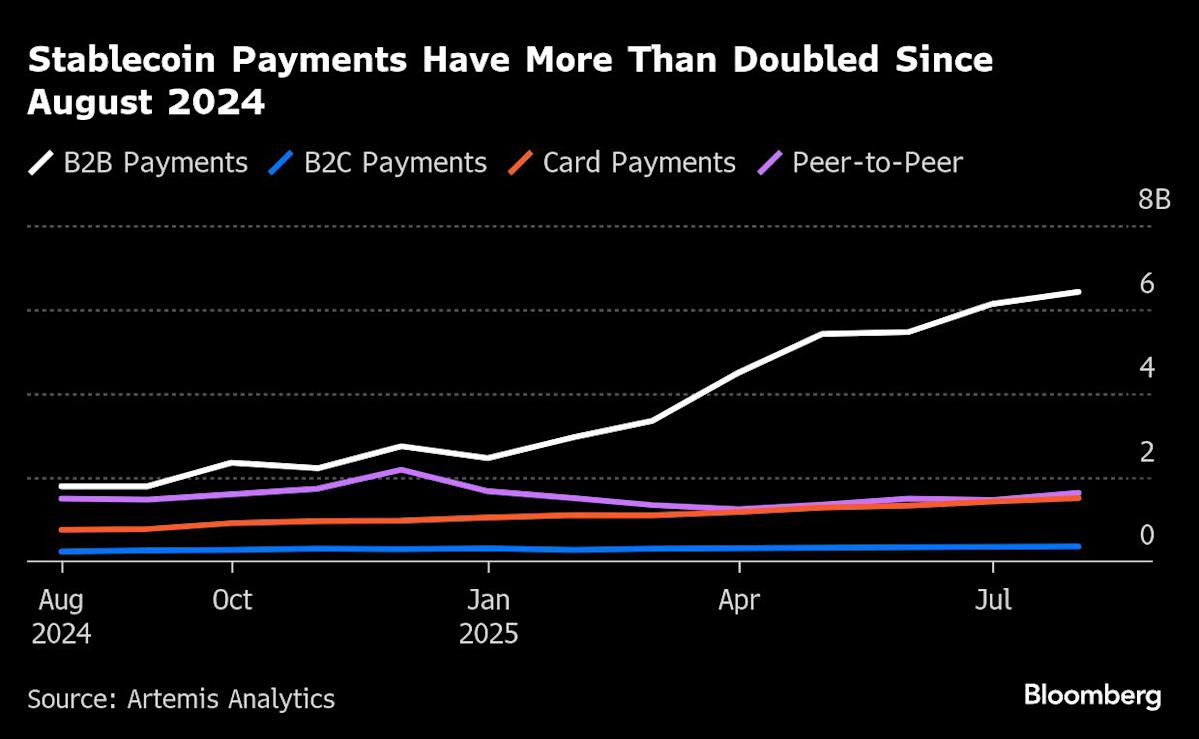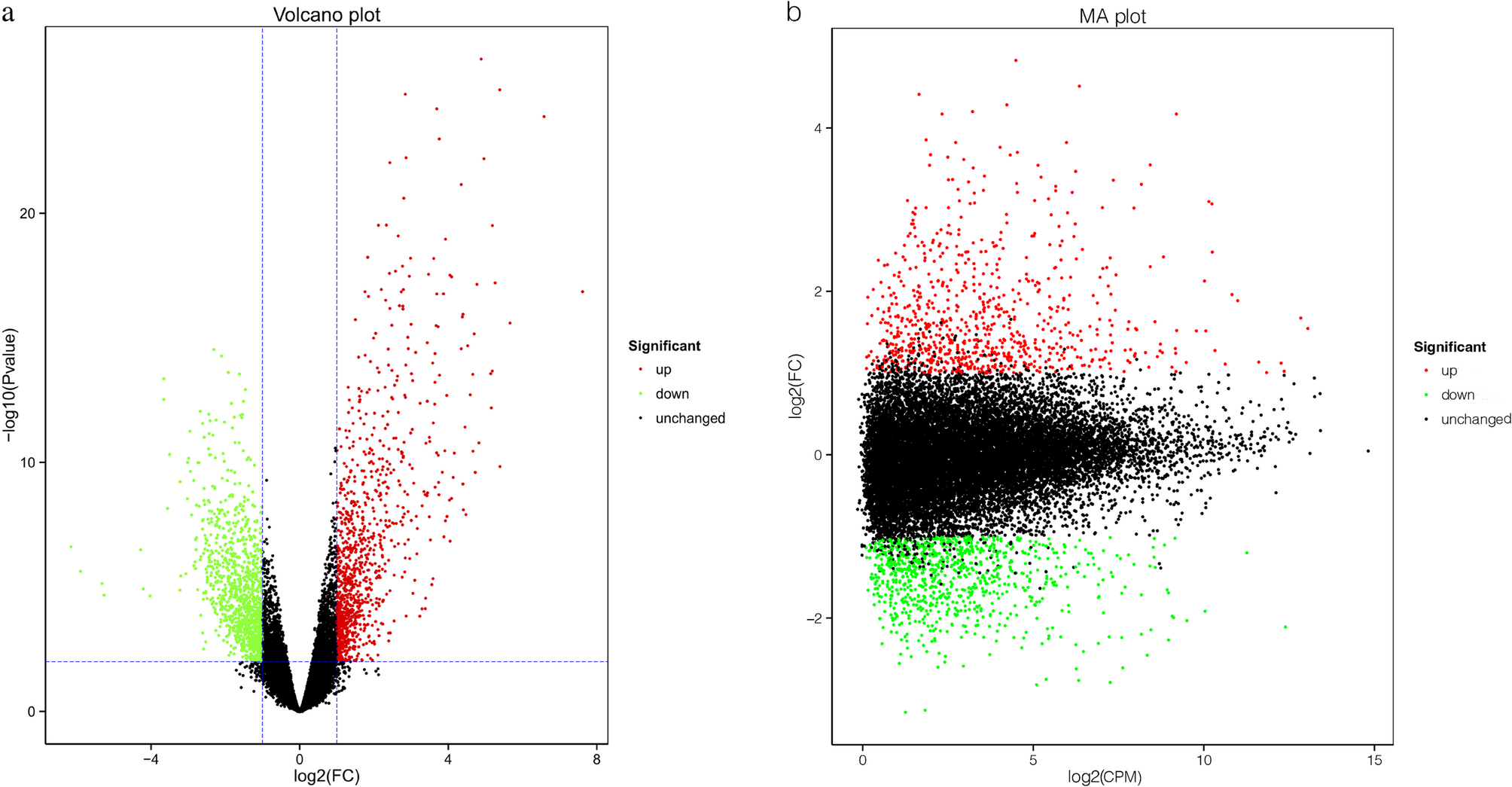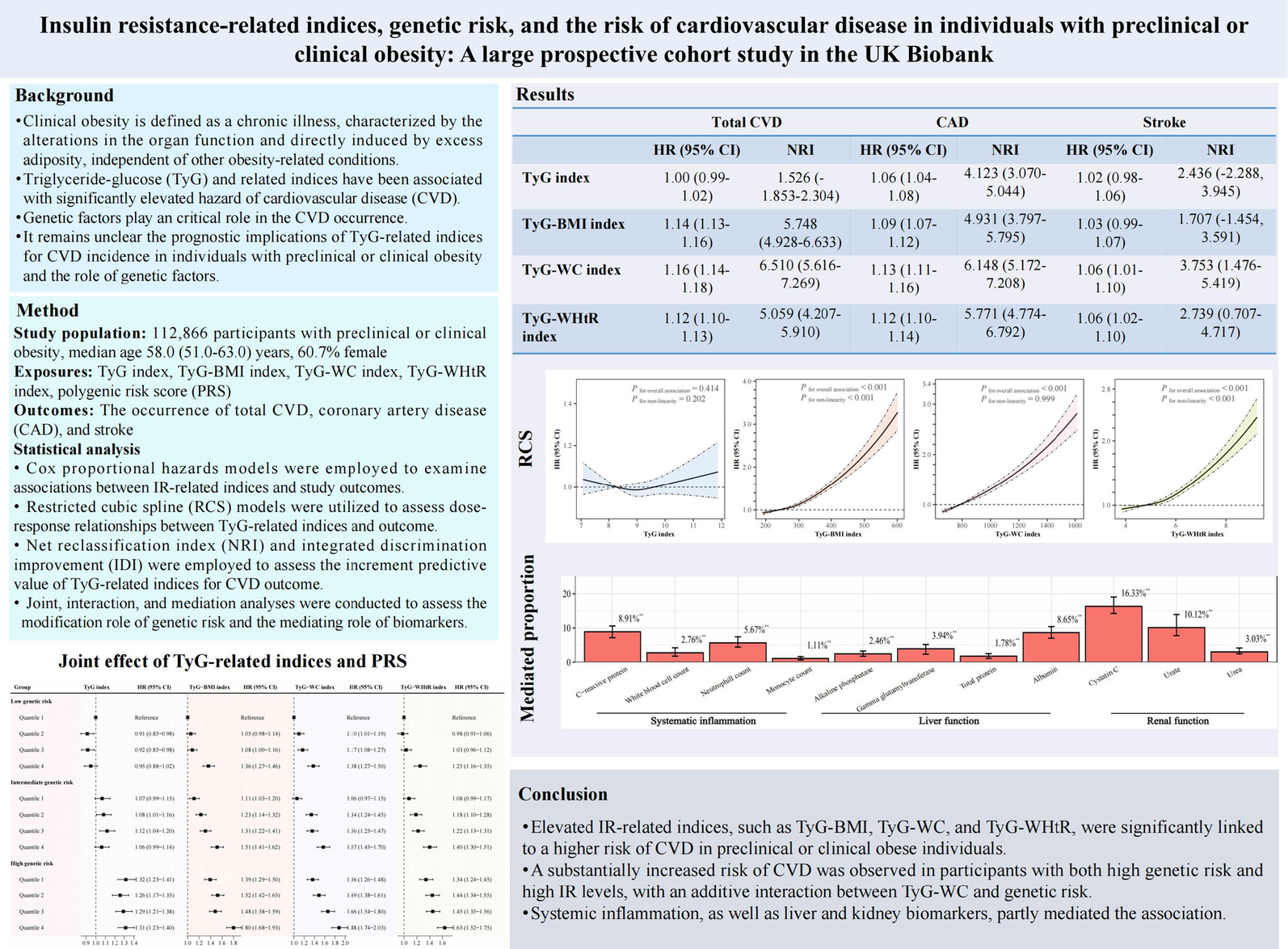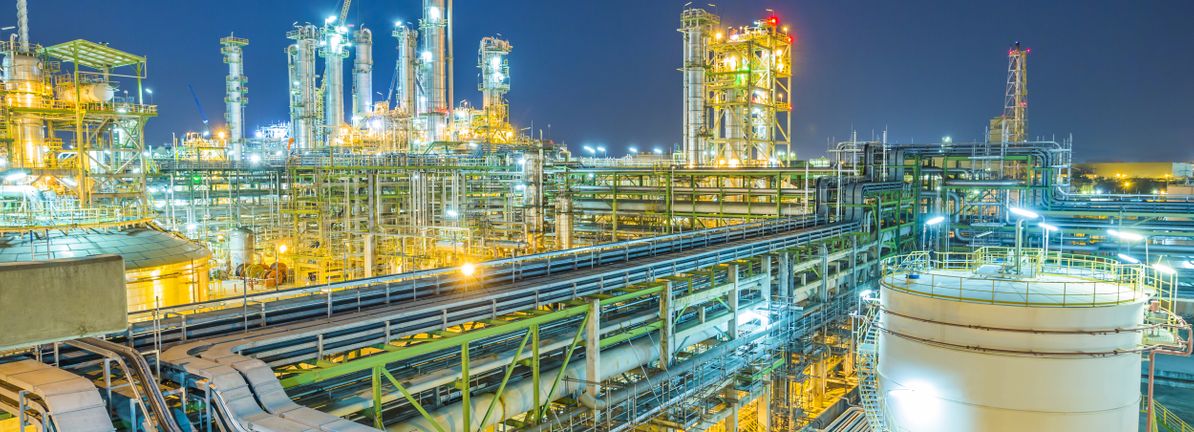Mishaal Rahman / Android Authority
Over the past few years, Google has made major changes to the Android OS to better accommodate tablets and other large-screen devices. These include new features like a taskbar, desktop windowing, enhanced…

Mishaal Rahman / Android Authority
Over the past few years, Google has made major changes to the Android OS to better accommodate tablets and other large-screen devices. These include new features like a taskbar, desktop windowing, enhanced…

(Bloomberg) — Consumers and businesses are using stablecoins – digital tokens pegged to the dollar – to make real-world purchases and payments at an accelerating pace since the July passage of the first US legislation to regulate that niche of the cryptocurrency sector.
Over $10 billion was moved through stablecoins in August for goods, services, and transfers, up from $6 billion in February and more than double the volume from August 2024, according to a report from Artemis, a blockchain data provider. At this pace, stablecoin payments could reach $122 billion over a full year, Artemis researchers said.
Most Read from Bloomberg
This growth follows President Donald Trump’s signing of the Genius Act into law on July 18, which established federal regulations for stablecoin issuers and requires them to back their tokens with highly liquid assets such as Treasury bills.
While stablecoin payments are growing rapidly, they remain tiny compared to traditional systems. At a $122 billion annual pace, stablecoin payments represent a small fraction of conventional payment volumes. Still, this gives stablecoin advocates optimism about the instrument’s growth prospects.
“If you look at stablecoin supply on a certain trend, and then right after Genius passed, the trend does inflect even more,” said Andrew Van Aken, data scientist at Artemis, noting the report’s illustration of an increase in the growth rate of stablecoin supply. “We certainly think it has had an incremental impact.”
Business-to-business transfers make up the most of stablecoin payments at $6.4 billion monthly – nearly two-thirds of the total and up 113% since February, the report said. This marks the first time business payments have exceeded peer-to-peer consumer transactions, which held steady at $1.6 billion monthly, according to Artemis.
Companies are using stablecoins to bypass traditional international banking delays. Businesses are “fed up with this very cumbersome send deposit here to this bank, which then sends another bank, which sends another bank,” Van Aken said.
With an average business stablecoin payment of $250,000, Van Aken said larger purchases are where speed matters most. Companies can use stablecoin to avoid the delays of routing payments through multiple correspondent banks in the traditional system, he said.

Each study participant voluntarily provided informed consent. The criteria for inclusion were as follows: (i) 18 to 80 years of age with positive diagnosis of PTC using paraffin-embedded biopsy samples; (ii) no prior thyroidectomy; (iii)…

Mensah GA, Fuster V, Murray CJL, Roth GA. Global burden of cardiovascular diseases and risks, 1990–2022. J Am Coll Cardiol. 2023;82(25):2350–473.
Google Scholar
…

A recent large-scale study has revealed new insights into the structural changes of the retina in multiple sclerosis (MS) patients, highlighting potential biomarkers for disease monitoring and severity assessment. Researchers analyzed optical…
BEIJING, Oct. 25 (Xinhua) — At a large shopping mall in Seoul, South Korea, a Chinese brand’s robot vacuum cleaner attracted bustling crowds. A Roborock robot vacuum cleaner, equipped with a robotic arm, precisely picked up a sock, rotated, and threw it into a box, drawing cheers from the audience.
According to data from a U.S. research firm, Roborock holds over 50 percent market share in South Korea’s robot vacuum cleaner market, firmly securing the top position, with a dominance market share exceeding 70 percent in the high-end market.
Beyond South Korea, Roborock is rapidly expanding across other Asia-Pacific markets. In Japan, during a promotion on Amazon Japan, several Roborock products ranked among the most popular robot vacuum cleaners. In Australia, its products also made it into the top ten best-selling robot vacuum cleaner list.
Over 2,000 kilometers away from South Korea, in Huizhou City of south China’s Guangdong Province, Roborock’s smart manufacturing facility operates at high efficiency, with robot vacuum cleaners continuously distributed worldwide.
From workshops in China to living rooms across Asia-Pacific, Chinese brands for robot vacuum cleaners have gained popularity among foreign customers.

Say hello to ionocaloric cooling. It’s a new way to lower temperatures with the potential to replace existing methods of chilling things with a process that is safer and better for the planet.
Typical refrigeration systems transport heat away…

Intuitive Machines (LUNR) has drawn fresh attention as investors weigh the impact of new US export curbs on tech to China. At the same time, the company is advancing its IM-3 lunar mission and securing NASA contracts.
See our latest analysis for Intuitive Machines.
Intuitive Machines stock has whipped through a period of volatility, recently clawing back gains with a 28% share price return over the past month despite ongoing US-China export tensions and scrutiny following past missions. Although year-to-date share price return remains in negative territory, the strong one-year total shareholder return of 60% suggests that long-term momentum is still firmly alive for patient investors.
If space tech’s recent rally has sparked your curiosity, you can see what’s happening across the entire sector with our aerospace and defense discovery screener using the following link: See the full list for free.
Given its recent contract wins, strong analyst sentiment, and a price still about 20 percent below consensus targets, are investors overlooking an undervalued space innovator? Or is future growth already built into the current share price?
With Intuitive Machines closing at $12.81 and the most widely followed narrative placing fair value at $15.43, this perspective sets a higher bar than the current market price. This hints at room for re-rating if assumptions hold.
Strategic vertical integration of satellite and lander manufacturing, along with proprietary advancements from the KinetX acquisition, enhances cost efficiencies, IP control, and technological differentiation. These factors support higher net margins and competitive pricing power as the company scales recurrent service contracts across civil, defense, and commercial markets.
Read the complete narrative.
Want to see what assumptions drive this bullish view? The narrative’s fair value hinges on powerful expansion bets, bold profit transformation, and sky-high valuation multiples rarely seen outside tech’s heavyweights. Curious which projections could justify such optimism? Discover the numbers on the next page.
Result: Fair Value of $15.43 (UNDERVALUED)
Have a read of the narrative in full and understand what’s behind the forecasts.
However, persistent losses and heavy reliance on large government contracts could quickly dampen the bullish outlook if execution or funding falls short.
Find out about the key risks to this Intuitive Machines narrative.
While Intuitive Machines looks attractive when compared to its fair value estimate, a look at its price-to-sales ratio tells a different story. The company is trading at 6.7 times its sales, which is much higher than the US Aerospace & Defense industry average of 3.2 and the peer average of 2.7. The market’s fair ratio, based on regression analysis, stands at just 1.4 times sales. This large gap suggests considerable valuation risk if the company fails to maintain its growth edge. Which view should investors trust?

Eni (BIT:ENI) reported earnings growth of 4% per year and revenue growth of 3.8% per year, both trailing the broader Italian market’s expectations of 9.7% earnings and 5% revenue growth. The company’s net profit margin shrank to 2.6% from 4.1% a year earlier. With profitability improving over the last five years and high-quality earnings, investors are weighing the premium Price-To-Earnings Ratio of 21.1x (above industry and peer averages) against a market price that still sits below the discounted cash flow fair value.
See our full analysis for Eni.
Next, we will see how these headline figures stack up against the prevailing narratives that investors follow—and where the data might surprise.
See what the community is saying about Eni
Analysts forecast that Eni’s profit margin will rise from 2.6% today to 5.8% in three years, even as revenue is projected to decrease by 0.7% per year over the same period.
According to the analysts’ consensus view, margin expansion is supported by:
Growth in higher-margin businesses like biorefining and sustainable mobility, with new biorefinery projects and partnerships fueling expanded revenue streams and better return on equity.
Strategic LNG expansion and diversification, specifically new projects in Africa and Asia, add resilience to earnings and help offset declining revenue in legacy operations.
Strong margin outlook could underpin future shareholder returns. See how the consensus narrative interprets this shift in direction. 📊 Read the full Eni Consensus Narrative.
Persistent losses in Eni’s Versalis (chemicals and downstream) division, with management noting a “lack of meaningful economic recovery” in this European sector, continue to drag on group earnings and introduce ongoing margin pressure.
Analysts’ consensus view notes two main risk areas:
Legacy businesses like Versalis generate negative free cash flow, and expected only “slight improvement” in margin outlook, raising concerns about lasting drag on net profits.
Eni’s upstream expansion in regions such as Africa and Argentina boosts production potential but increases exposure to regulatory and expropriation risks, which could disrupt future revenue streams or lead to asset losses.
Eni trades at a Price-To-Earnings Ratio of 21.1x, far above the industry and peer averages (14.5x and 14.7x). Yet its share price of €15.84 remains below both consensus analyst target (€15.75) and DCF fair value (€19.76).
Analysts’ consensus view underlines:
The small 2.9% difference between the current share price and the €15.75 consensus target suggests limited immediate upside. This implies the stock is close to being fairly priced in the eyes of most analysts.
Holding a valuation premium may weigh on sentiment if Eni’s forecasted growth continues to lag the broader Italian market. However, the DCF fair value offers longer-term support for investors who see further profitability gains.